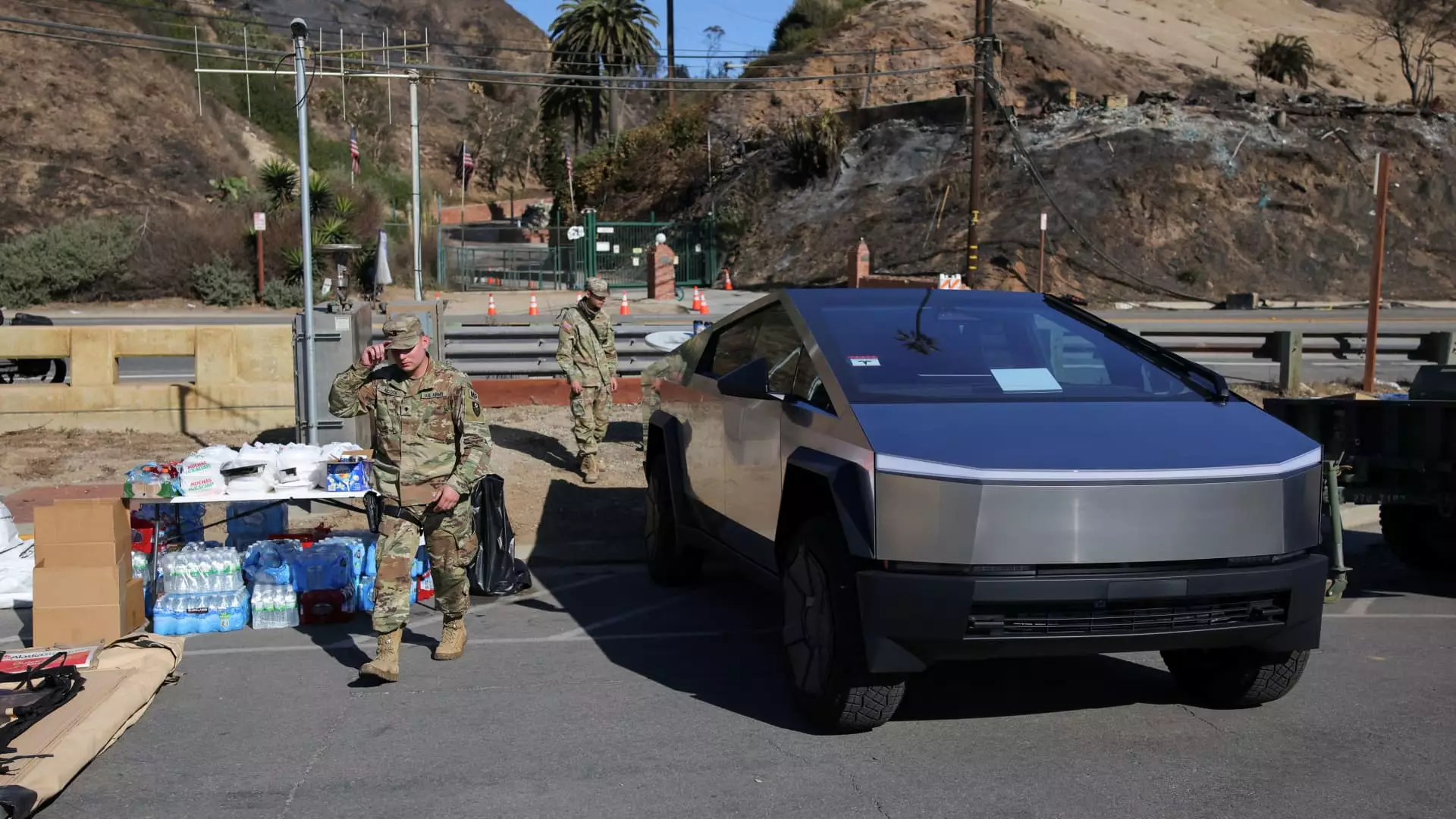This week, Tesla initiated a notable revision in its marketing approach regarding the highly anticipated Cybertruck. Discounts of up to $1,600 have been made available on select inventory models, while demo versions see price reductions nearing $2,600. This strategic move is not just an effort to stimulate sales but a necessary response to production hurdles that have slowed down the rollout of these futuristic vehicles from the Austin manufacturing facility. As the company tries to balance customer expectations with operational realities, these discounts illustrate the complexities involved in launching a groundbreaking product.
Production Challenges Affecting Sales
Since the Cybertruck’s unveiling by CEO Elon Musk in 2019, there has been a growing anticipation surrounding this electric pickup truck. Initially priced at an attractive $40,000, projections for its retail price have soared close to $80,000 by 2024. An interesting metric reveals that despite the Cybertruck’s momentum—successfully outselling the Ford Lightning F-150 and ranking as the fifth best-selling electric vehicle (EV) in the U.S. last year—there have been substantial barriers to production and subsequent sales growth. Recalls, including a recent one identified as the sixth for the year, have plagued Tesla, casting shadows on its operational efficacy and overall reputation.
Despite the increasing global demand for electric vehicles—reaching a record of approximately 1.3 million total sales in the U.S. in 2024—Tesla faces significant competition. With its market share being eroded by a surge of new electric models from varying manufacturers, Tesla’s year-over-year sales reflected a stark decrease of about 37,000 vehicles. The popularity of incumbent models like the Tesla Model Y and Model 3 still reigns supreme, yet, ironically, these same models have experienced registration drops, exposing the challenges of sustaining growth amidst such fierce competition.
Musk’s recent apologies to California customers for delivery delays provide a glimpse into Tesla’s commitment to customer service amid operational bottlenecks. He emphasized the necessity of using Cybertrucks to deliver relief supplies and restore connectivity in wildfire-stricken areas of Los Angeles, further highlighting the vehicles’ multifunctional capabilities. By repositioning the Cybertruck as a vital resource for community support, Tesla seeks to reinforce its brand’s identity as not just a car manufacturer but a socially responsible entity.
As the electric vehicle landscape continues to evolve, Tesla must strategically navigate the challenges it faces with the Cybertruck. The combination of price adjustments, production difficulties, and a rapidly shifting market underscores the importance of adaptability. The future of the Cybertruck remains uncertain as it vies for consumer attention in an increasingly crowded market. However, if Tesla can effectively address these obstacles, it may yet realize the potential of the Cybertruck as a pivotal offering within its expansive automotive portfolio.


Leave a Reply